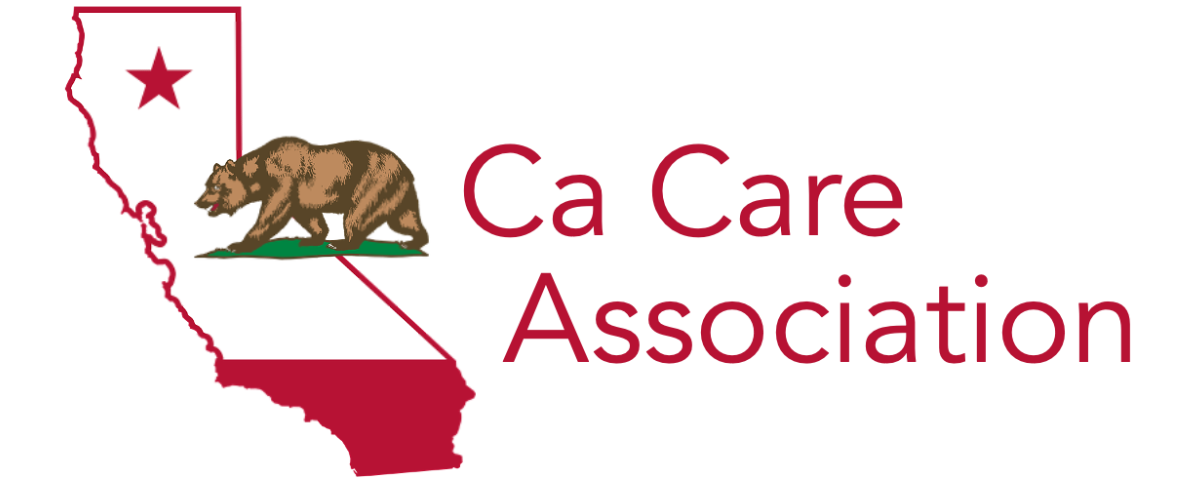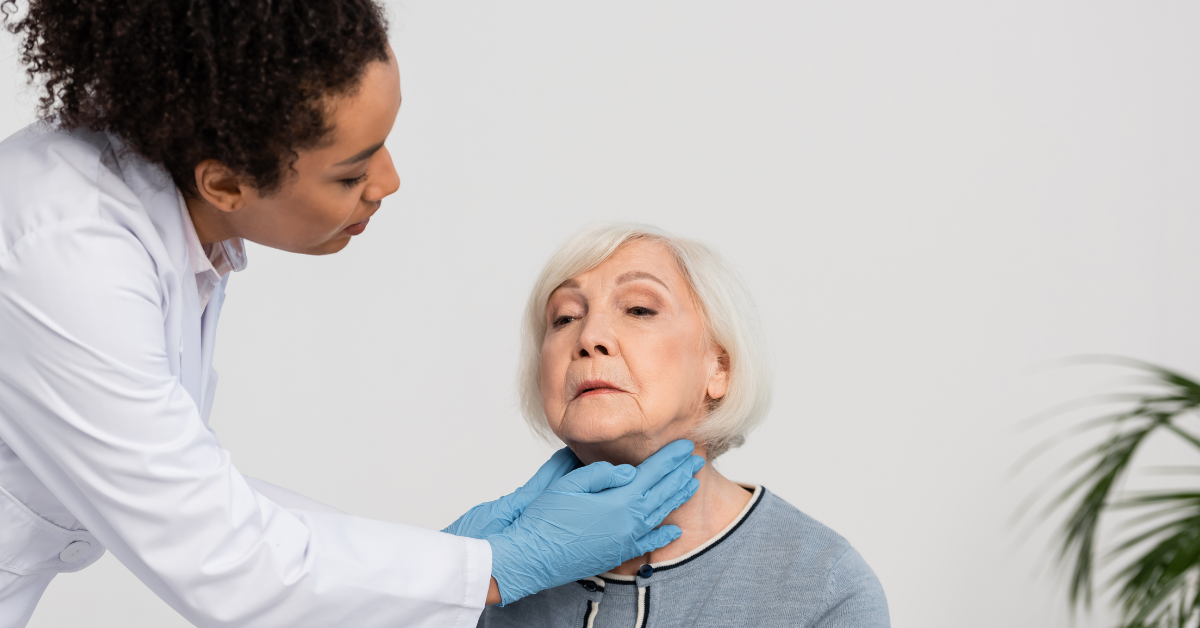Shingles in Seniors: Recognizing Symptoms and Care Strategies
In this age range, the lifetime prevalence of shingles in the United States was 13.5%; however, there was a noticeable age gradient. Seniors may find shingles more challenging to treat because of age-related immunological deterioration. This blog provides essential information about early symptom recognition and care management. Seniors with shingles can better manage the illness when they are aware of it, and caregivers play a critical role in giving emotional support, medical assistance, and a comfortable atmosphere.
What is Shingles?
The varicella-zoster virus, which causes chickenpox, reactivates to create shingles, also known as herpes zoster, a painful skin rash. The virus may lay dormant in nerve cells after a person has recovered from chickenpox and reactivate at a later age. Shingles usually appear as a painful, itchy, blistering rash on one side of the body or face. It is particularly prevalent in older people and people with compromised immune systems. If left untreated, shingles can lead to severe complications such as postherpetic neuralgia, vision loss, and neurological problems.
Symptoms of Shingles in Seniors
Herpes zoster, commonly known as shingles, has unique symptoms that might be especially problematic for older adults. Early detection of these symptoms can aid in seeking timely treatment and efficient condition management, empowering seniors and their caregivers to take proactive steps. Observe the following:
Rash and Blisters: A painful rash usually starts as red patches on one side of the body or face and progresses into blisters packed with fluid.
Pain and Discomfort: Pain, tingling, or burning in specific areas can occur before the rash and may continue as postherpetic neuralgia after the rash has healed.
Itching and Sensitivity: The affected area may experience severe itching and sensitivity, which is very uncomfortable.
General Symptoms: The rash may be accompanied by a mild temperature, headache, and generalized exhaustion.
Risk Factors for Shingles in Seniors
Our immune systems gradually deteriorate with age, leaving us more vulnerable to various illnesses and infections, including shingles. Seniors who are at high risk for shingles include those who are:
Age-related Factors: People's immune systems deteriorate, leaving them more vulnerable to illnesses like shingles. Seniors are more susceptible to a weakened immune system than their youthful years.
Chronic Illnesses: Shingles are more likely to occur in those with weakened immune systems, such as those with diabetes, cancer, or autoimmune illnesses.
Previous Chickenpox Infection: Childhood chickenpox patients are susceptible to developing shingles later because the varicella-zoster virus might reactivate after becoming latent.
Medications: Certain drugs can weaken the immune system's capacity to fight infections, raising the risk of developing shingles. Examples of these drugs are immunosuppressants, which are prescribed to treat a variety of ailments.
Diagnosing Shingles
Usually, a physical examination and medical history are combined to diagnose shingles. Here's a closer look at the diagnosis of this ailment made by medical professionals:
Visual Examination: The primary method used to diagnose shingles is a physical inspection of the rash, which usually manifests as a band or cluster of blisters on one side of the body or face.
Medical History: To confirm the diagnosis, medical professionals will review symptoms and inquire about a patient's history of varicella or chickenpox.
Laboratory Tests: testing for the varicella-zoster virus, such as PCR or blood testing, may occasionally be utilized to establish its existence.
Treatment and Management Strategies
Antiviral Drugs: Within 72 hours of the rash's onset, take antiviral drugs (such as valacyclovir or acyclovir) to lessen its intensity and length, providing hope in the treatment process.
Pain Relief: Use prescribed drugs or over-the-counter pain medicines such as acetaminophen or ibuprofen for more severe pain.
Keep the Rash Clean and Dry: To stop secondary infections, bathe the rash gently with mild soap and water and refrain from scratching.
When to Seek Medical Help
Effective management and avoiding problems in shingles treatment depend on knowing when to seek medical help. Seniors experiencing any of the following should get medical attention:
Severe Pain or Discomfort: if over-the-counter drugs don't relieve the pain or if it is very severe.
Persistent or Worsening Symptoms: if the rash appears to expand or doesn't improve in a few days.
Rash in Sensitive Areas: If the rash is close to the mouth, genitalia, or eyes, this may cause dangerous complications.
Conclusion
In conclusion, seniors must comprehend and manage shingles to preserve their health and quality of life. Seniors can more effectively negotiate the hurdles presented by this condition if they identify the signs early, seek medical attention promptly, and implement efficient treatment and preventive measures. Proactively seeking medical attention and knowing about shingles can significantly reduce pain and improve general well-being. To guarantee complete treatment and assistance, get additional advice from medical professionals and use the resources at your disposal.
Share this blog with your family and friends so they can learn the symptoms and care strategies for seniors who suffer from shingles, fostering a sense of community and support.
If you want to read more helpful blogs like this, check out our News and Resources section and become a better and brighter person.



